Food
Food Categories, unlike tags, can have a hierarchy. You might have a Jazz category.
Search
Food Categories, unlike tags, can have a hierarchy. You might have a Jazz category.
Review Categories, unlike tags, can have a hierarchy. You might have a Jazz category.
Guides Categories, unlike tags, can have a hierarchy. You might have a Jazz category.
Travel Categories, unlike tags, can have a hierarchy. You might have a Jazz category.
![]() By Quppy
By Quppy
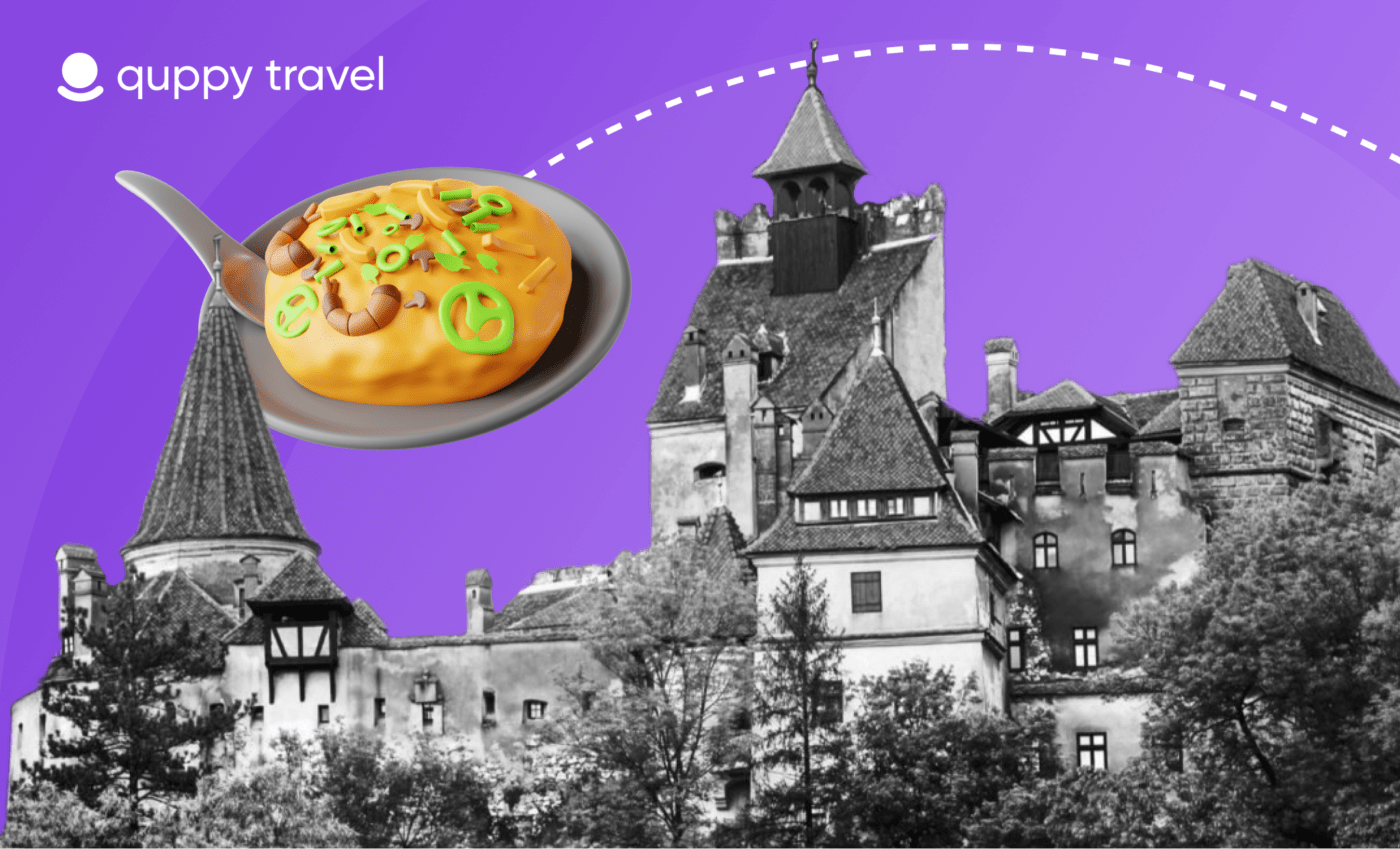
Romanian cuisine is a tapestry of flavors shaped by history, geography, and culture. It offers a gastronomic journey that is hearty, flavorful, and deeply rooted in the country’s traditions. From the humble mămăligă to the festive sarmale, Romanian dishes are a testament to a rich culinary heritage that invites exploration. This article delves into traditional Romanian dishes, uncovering their origins, significance, and how you can bring a taste of Romania to your kitchen.
Mămăligă, often likened to Italian polenta, is a staple in Romanian kitchens. This versatile cornmeal dish has humble beginnings, originating from the rural heartlands where it served as a common peasant food. Today, it accompanies a variety of meals, from cheeses and sour cream to the rich stews that define Romanian cuisine. Its simplicity belies its significance, symbolizing the connection to the land and the agricultural traditions of Romania.
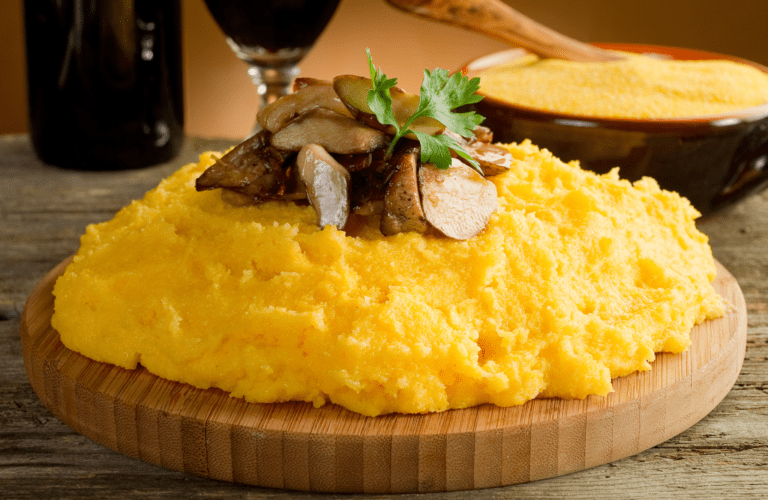
Sarmale, cabbage rolls filled with a mixture of minced meats, rice, and herbs, are the centerpiece of Romanian celebrations. The origins of sarmale trace back to the Turkish influence in the region, but over centuries, it has become quintessentially Romanian. Cooked in a rich tomato sauce and often served with mămăligă and smetana (sour cream), sarmale is a dish of comfort and celebration, embodying the communal spirit of Romanian festivities.

Ciorbă, a term encompassing a wide range of sour soups, is a cornerstone of Romanian cuisine. Whether it’s ciorbă de burtă (tripe soup) or ciorbă țărănească (vegetable soup), the defining characteristic is the tartness, traditionally achieved with vinegar or fermented wheat bran. These soups are a testament to Romanian ingenuity, turning simple ingredients into dishes that are both nourishing and soul-warming.
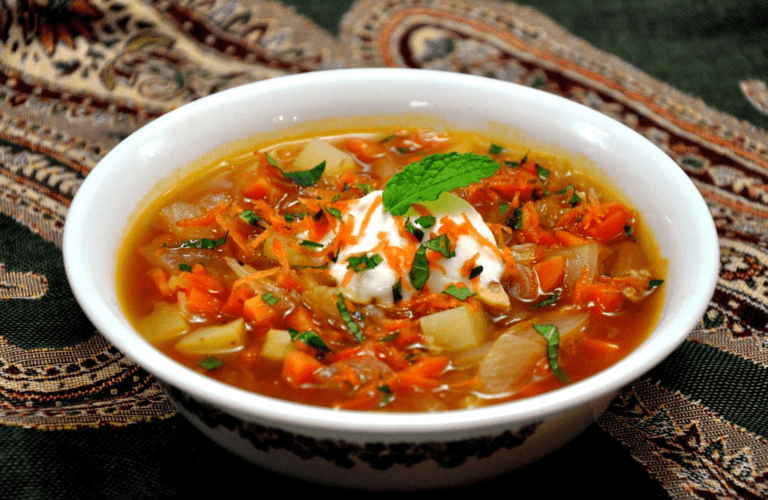
No Romanian barbecue is complete without mititei, small, skinless sausages seasoned with garlic, herbs, and spices. Believed to have been invented at a Bucharest inn in the 19th century, mititei are a popular street food, embodying the lively and communal dining culture of Romania. Grilled to perfection, they are typically enjoyed with mustard and bread, and of course, a cold Romanian beer.
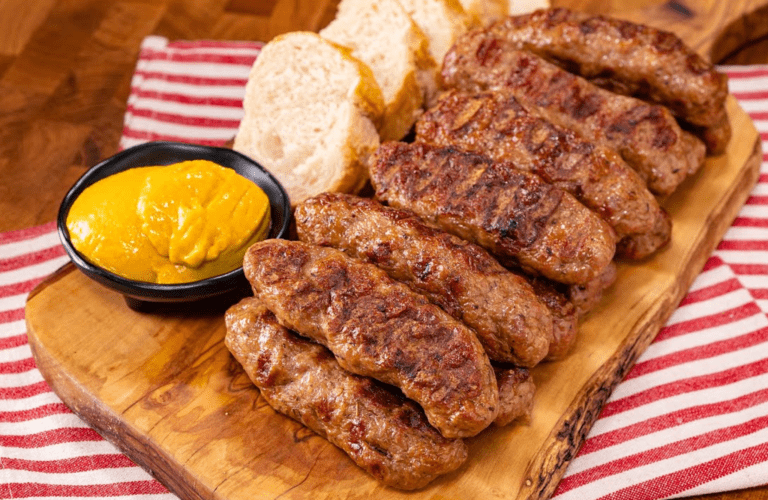
Papanasi, a cottage cheese doughnut topped with sour cream and jam, offers a sweet conclusion to a Romanian meal. This dessert, with its unique combination of textures and flavors, showcases the Romanian penchant for using dairy products in innovative ways. Papanasi’s popularity transcends regional boundaries, making it a beloved treat across the country.
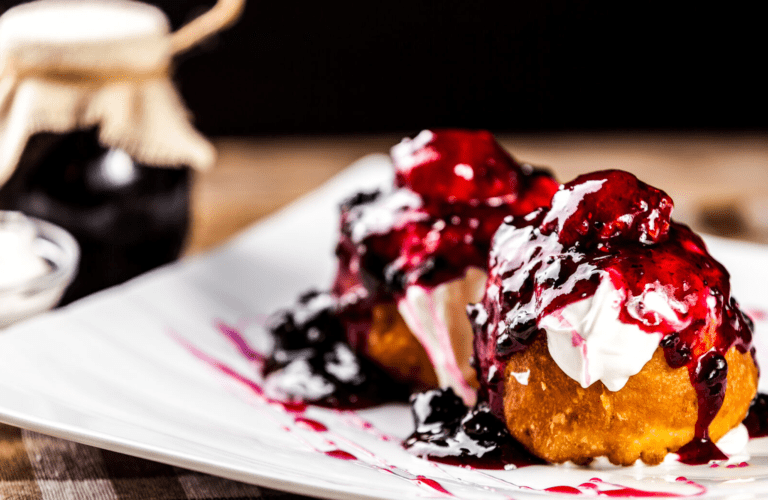
Romanian cuisine is a celebration of life’s simple pleasures. It is a cuisine that honors its past, from the shepherd’s meals in the mountains to the festive tables of the lowlands. By exploring traditional Romanian dishes, we not only discover the rich tapestry of flavors Romania has to offer but also connect with the stories and traditions that make Romanian culinary culture truly unique.